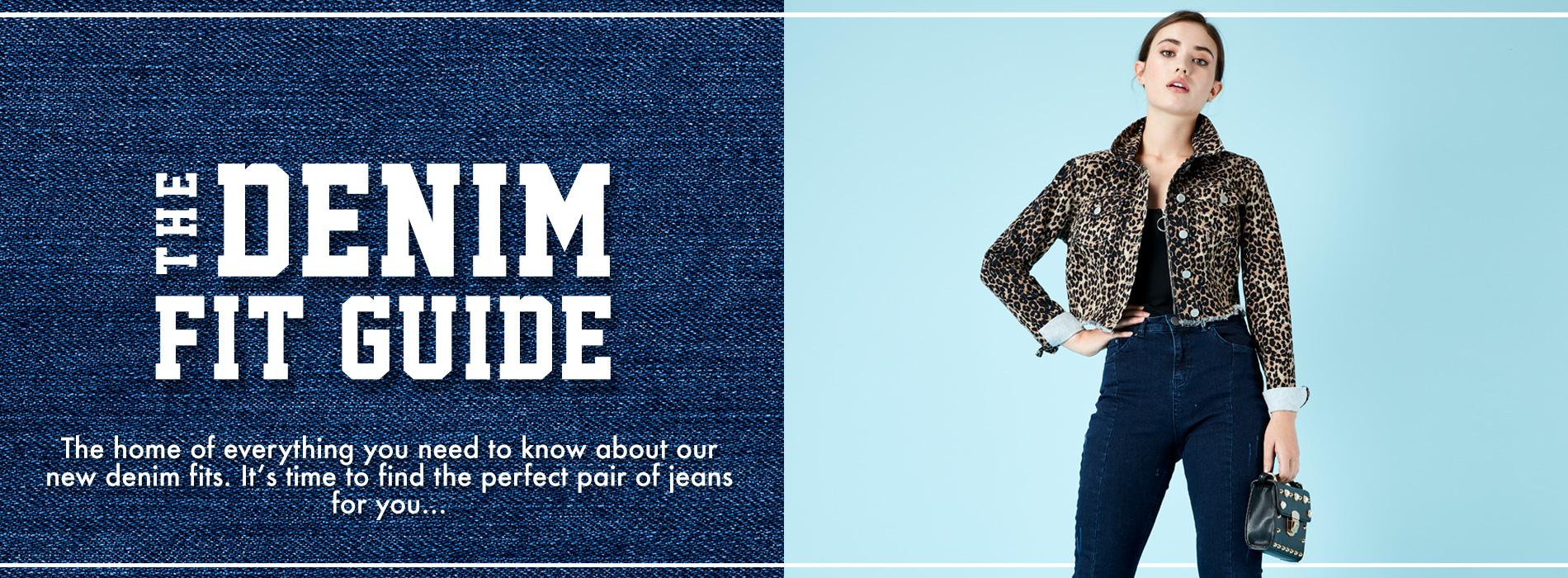Its not just a fabric, its an Attitude, Culture and Lifestyle
What does make Denim jeans pants so special?, the denim are special because of their indigo, and unique texture and simple but so many variations yet unique experience, their weights and weaving, if you have not read our guide for denim weights you can read that below link, today we are going to discuss about the weaving of denim, what makes it special and how it is done.
One Denim, Various Fabrics.
Traditional denim fabrics are woven by interlacement of indigo dyed warp and grey weft. The sequence or order of interlacement of warp and weft may be varied in order to produce different denim weave designs. Although the traditional denim is a 3/1 RHT warp faced fabrics, a variety of denim fabric are made with different weave designs, such as 2/1 twill weave, broken twill, zig-zag twill, reverse twill etc. Today, denim fabrics are also manufactured with fancy design in order to meet the latest fashion. Denim fabrics normally made of weight range of 6.5 to 15.5 oz per sq. yd.

The classical denim fabrics are made with open end rotor yarn in both warp and weft direction. However, ring yarn, ply yarn, filament yarn, lycra core yarn, slub yarn are extensively used in denim to achieve some special effect, luster, smoothness and comfort in denim products.
The properties of denim finished fabric largely depends upon the fabric construction. The warp and weft count influence several fabric properties such as weight, fabric tightness, cover, drape, hand, tensile strength, tear strength, and other fabric properties. All these parameters influence the durability and comfort of denim garments.
Traditionally, denim fabrics are manufactured for a long time in rapier and projectile looms. But with the development of air-jet weaving technology, most of the denim fabrics are manufactured in air jet looms. The modern air jet looms are equipped with lot of computer controlled attachments which ensures faultless denim at high production rate. The robust and reinforced frame structure and perfect balancing of modern air-jet looms allows high production speed and optimum denim quality with less vibration.
The indigo dyed warp yarns are fed from the weaver’s beam and pass over one or two back rollers. Some machinery manufacturer given an oscillation movement to one of the back roller which controls the yarn tension variations during weaving. The warp yarns are then passes through drop wires, heald wires and reed. The number of dents per inch of the reed normally in the range of 12 to 18 for denim fabrics. In standard 3/1 twill denim fabrics, normally four warp yarns drawn per dent.
 During weft insertion, the filling yarn is fed from large packages. The yarn unwound from the package and is wound onto a pre-winder which allows the yarn to be stored and release under consistent tension for each pick insertion. The production of denim fabric in weaving depends upon the quality of sized beams. The cut ends, missing ends, extra ends inside the weaver’s beam, size fluff etc. influence the productivity of fabric in weaving. Weaver’s beam should not having any grooves, cross ends,
During weft insertion, the filling yarn is fed from large packages. The yarn unwound from the package and is wound onto a pre-winder which allows the yarn to be stored and release under consistent tension for each pick insertion. The production of denim fabric in weaving depends upon the quality of sized beams. The cut ends, missing ends, extra ends inside the weaver’s beam, size fluff etc. influence the productivity of fabric in weaving. Weaver’s beam should not having any grooves, cross ends,
shrike ends, as these reduced the loom efficiency to a large extent. Over drying of warp yarns in sizing should be avoided in sizing.
 The major drawback of running denim on plain loom is the occurrence of width wide faults, problems of a strong beat-up and start marks in the fabric. Generally denim fabrics are made by using cam shedding. Weaving machines producing 3/1 and 2/2 denim fabrics normally four or eight heald frames for the ground weave. For selvedge, sometimes two additional heald frames are used. For 2/1 denim fabrics, normally three or six heald frames are used for the ground weave and sometimes two additional heald frames are used for the selvage, if required.
The major drawback of running denim on plain loom is the occurrence of width wide faults, problems of a strong beat-up and start marks in the fabric. Generally denim fabrics are made by using cam shedding. Weaving machines producing 3/1 and 2/2 denim fabrics normally four or eight heald frames for the ground weave. For selvedge, sometimes two additional heald frames are used. For 2/1 denim fabrics, normally three or six heald frames are used for the ground weave and sometimes two additional heald frames are used for the selvage, if required.

Now you know what kind of weaving used in denim fabric and why its important factor in denim, as it creates unique texture and feel on denim fabric which makes your jeans so special.



Better if you noted what manufacturer uses what weave, For example: Levis uses a right hand twill at 15.5 oz. in it classic 501 or 505 jeans. American Clothing Company uses zig-zag or some other twill for theirs. The differences would also be nice, e.g.: one is stiffer than the other, the z-z twill drapes better and feels softer because why… Duluth uses the heavy 15.5 weight in a classoce RH or LH weave and so on…Just sayin’